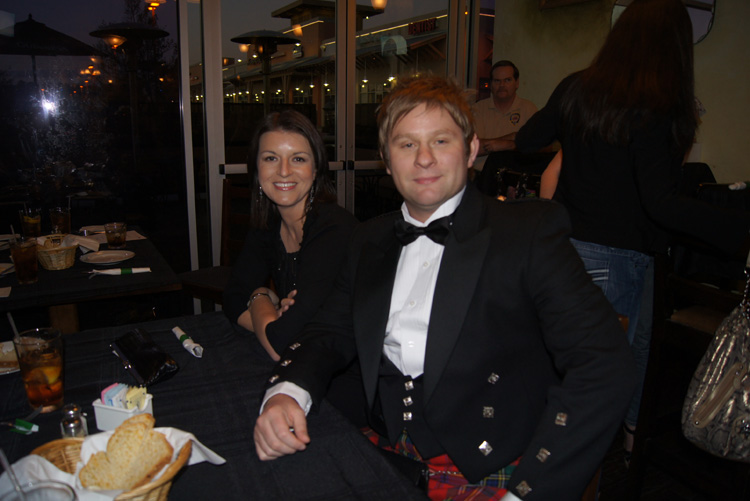Burn's Day
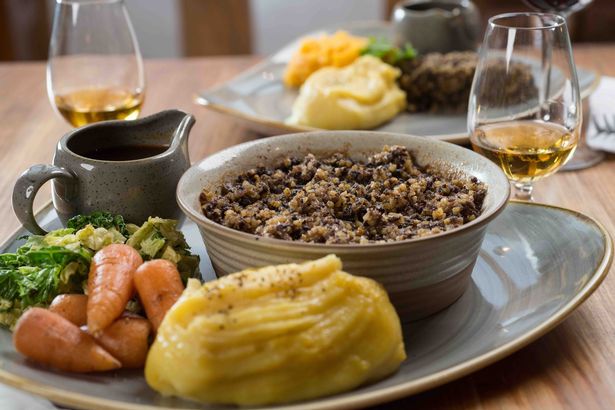
The national poet of Scotland is Robert Burns (1759-1796). He was a poet and lyricist who wrote in both Scotch Gaelic and English. A Scottish cultural icon, his poems are a bedrock of Scotland's national identity. Among his many compositions are A Red, Red Rose, Tam O' Shanter and, of course, Address to a Haggis.
The tradition of the Robbie Burns Dinner began five years after his death when a group of his devoted friends hosted a dinner to celebrate his life and work. The tradition caught on and was usually held on or around his birthday, January 25. That date, often referred to as Robert Burns Day, has become Scotland's unofficial National Day. In fact, it's more widely celebrated in Scotland than the official national observance of St. Andrew's Day.
At the heart of the celebration is the Burns Supper or Burns Night - a traditional Scottish dinner typically accompanied by numerous speeches, recitals of Burns poetry and, of course, numerous toasts accompanied by drams of Scotland's golden elixir.
The traditional Burns Supper begins with a soup course. This is usually a classic Scottish soup like Scotch broth, potato soup, Cullen skink (a thick Scottish soup made of smoked haddock, potatoes and onions) or cock-a-leekie (a soup dish consisting of leeks and peppered chicken stock).
The highlight of the dinner is the serving of the haggis.
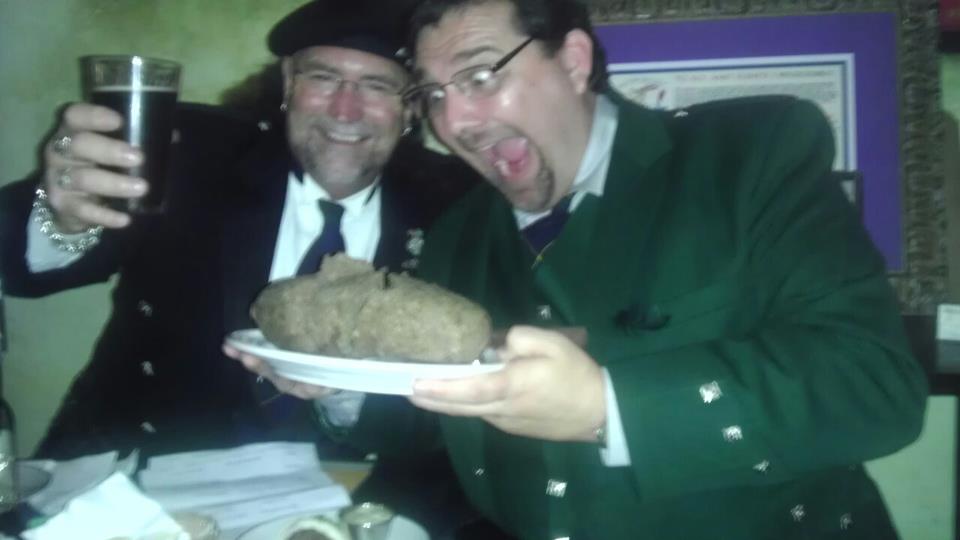
Traditionally, the dinner party stands when the haggis is brought in by the cook. A bagpiper then "pipes" in the haggis while the cook presents it to the host. A distinguished guest or the host then recites Burns poem Address to a Haggis. When the recital has finished, a whisky toast is proposed, the first of many that will grace the evening.
Following coffee, the guests raise toasts to the memory of Robert Burns, punctuated by recitals of his poems. Traditionally the evening ended when a male guest gave an "Address to the Lassies," ostensibly this was to thank and toast the women present for preparing the meal but was often used as an opportunity for the speaker to give his views on women.
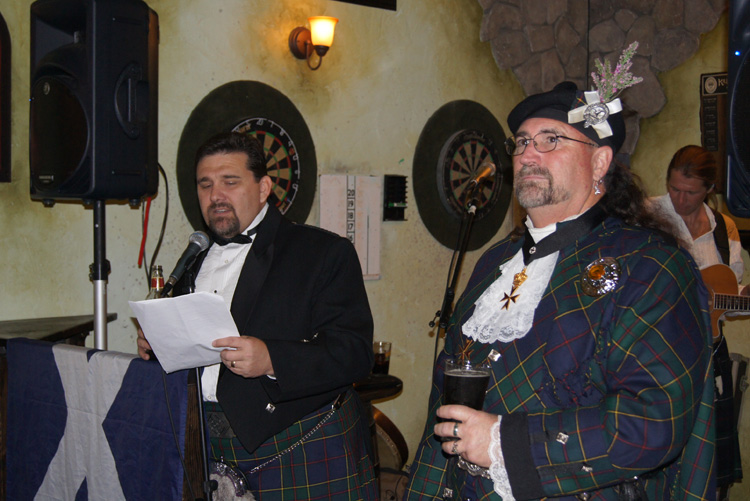
That toast was followed by a "Toast to the Laddies," an opportunity for a female guest to give her views on men and to respond to any of the specific points raised by the previous speaker. The evening would end with additional recitations of Burns' poems and songs culminating in a group singing of Auld Lange Syne.
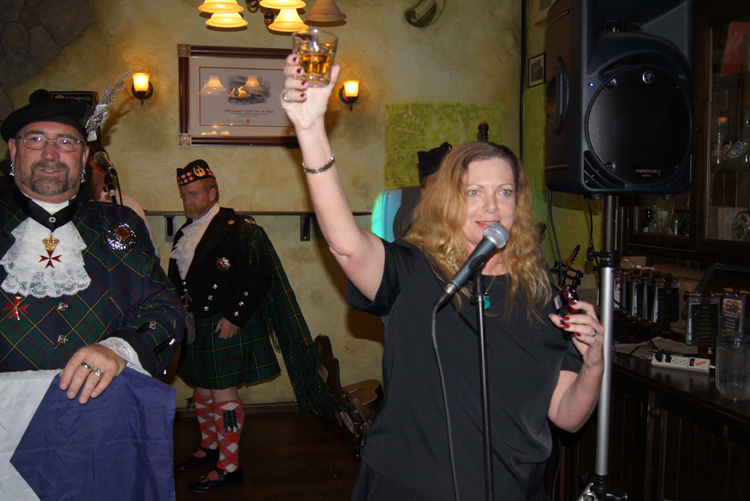
What whiskies should you drink on Burns Night? Any Scotch whisky will do, although if you want to be historically accurate then look to single malt, cask strength offerings, ideally ones that were Sherry cask matured and that included some peated malt in their mash bills.
Neither blended whisky nor vatted malts existed in 1796. Blended whisky wasn't legalized until William Gladstone, Minister of the Exchequer, in the Palmerston/Peel government introduced the Spirits Act of 1865. Whisky was a serious matter in mid-19th century Great Britain. Roughly one-third of the governments tax revenue in 1870 came from taxes on the manufacture or sale of alcoholic drinks.
At the time of Robert Burns, the only whisky available would have been single malt Scotch whisky, virtually all of which would have been bootleg. The exception would have been a few Lowland Distilleries, most of which would have been undrinkable anyway. It wasn't until the enactment of the Excise Tax in 1823 that widespread legal Scotch whisky production was born.
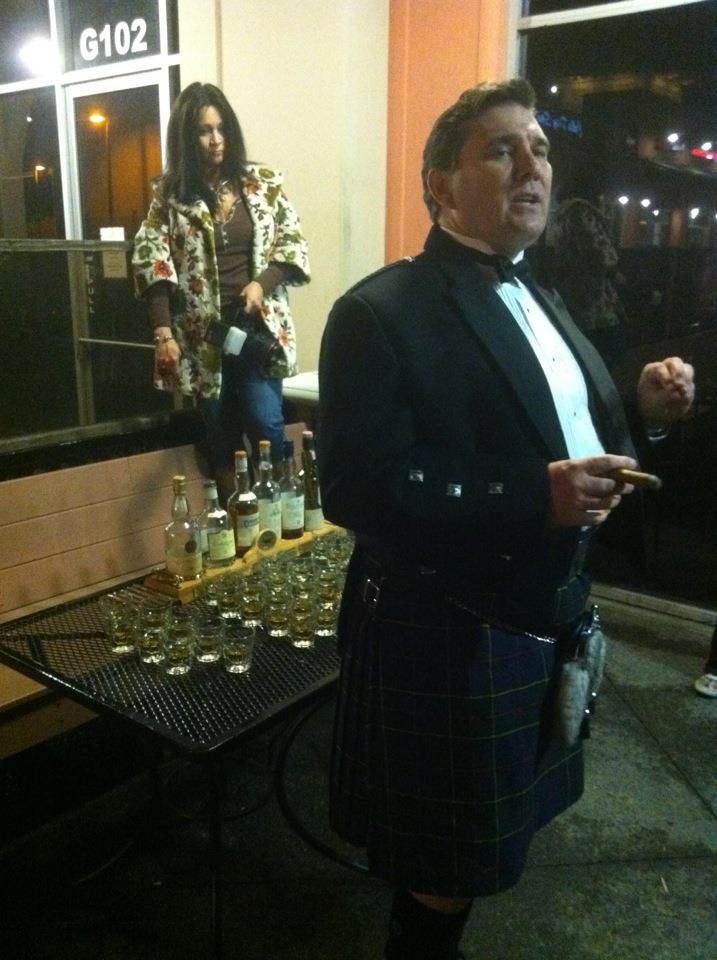
Scotch was bottled at cask strength until WW I. The British government reduced the bottling proof to 40% ABV/80 proof to reduce drunkenness among munitions workers following their lunch or dinner breaks.
The whisky that would have been served at the first and subsequent Robbie Burns Dinner in the 19th century, would have been peated, at cask strength, and likely matured, if at all, in an ex-Sherry cask.
There aren't a lot of options that meet all three criteria, but several do, and there are a few more that come close.
The Campbeltown region is a good place to start if you are looking for a single malt Scotch whisky style that Robert Burns would have found familiar.
